January 29, 2016
Rise in skills shortage vacancies as training in UK firms falls short 0
 New figures, published by the UK Commission for Employment and Skills (UKCES), show that despite a surge in job openings, the number of positions left vacant because employers cannot find people with the skills or knowledge to fill them has risen by 130 percent since 2011. These so-called “skills shortage vacancies” now make up nearly a quarter of all job openings, leaping from 91,000 in 2011 to 209,000 in 2015. Over a third of vacancies in electricity, gas and water and construction are now subject to some form of skills shortage, with transport and manufacturing not far behind. Only in public administration are skills shortages below 10 percent. And of particular concern, said the Chartered Management Institute was the revelation that almost half (48 percent) of UK managers have not received any form of training at all during the last 12 months, down from 50 percent in 2013.
New figures, published by the UK Commission for Employment and Skills (UKCES), show that despite a surge in job openings, the number of positions left vacant because employers cannot find people with the skills or knowledge to fill them has risen by 130 percent since 2011. These so-called “skills shortage vacancies” now make up nearly a quarter of all job openings, leaping from 91,000 in 2011 to 209,000 in 2015. Over a third of vacancies in electricity, gas and water and construction are now subject to some form of skills shortage, with transport and manufacturing not far behind. Only in public administration are skills shortages below 10 percent. And of particular concern, said the Chartered Management Institute was the revelation that almost half (48 percent) of UK managers have not received any form of training at all during the last 12 months, down from 50 percent in 2013.










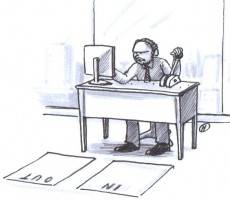


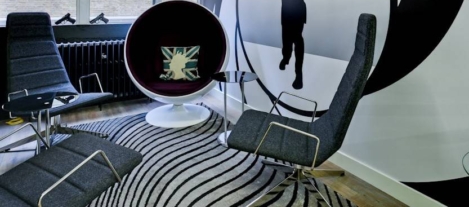





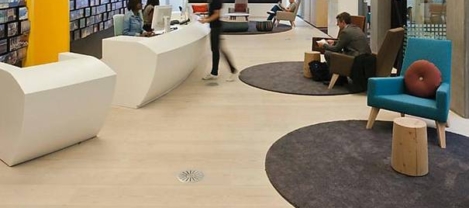
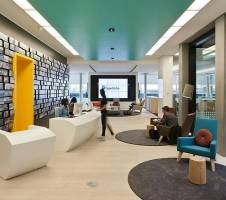


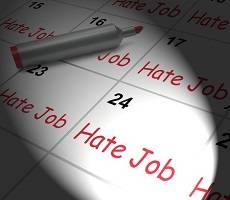








February 5, 2016
What the commercial property market tells us about trends in office design 0
by Paul Goodchild • Comment, Property, Workplace design
It’s become commonplace in recent years for certain people to foresee the death of the office. The problem with this argument is that, in spite of its drawbacks, office life maintains an attraction for both employers and employees and there will always be an upper limit on how long people want to spend away from other people. Things are changing but the death of the office is a myth. As we’ve known for at least a quarter of a century, there is no absolute need for us to go to work at all. Theoretically we could just do away with offices completely if we wanted to. But as we have seen, the fact we have evolved technology to the point where we could forget about bricks and mortar, doesn’t necessarily mean we will. Not only are there practical reasons for offices to continue to exist, there are emotive ones too. If you want evidence of this, look no further than the records currently being set by the UK’s commercial property markets.
(more…)